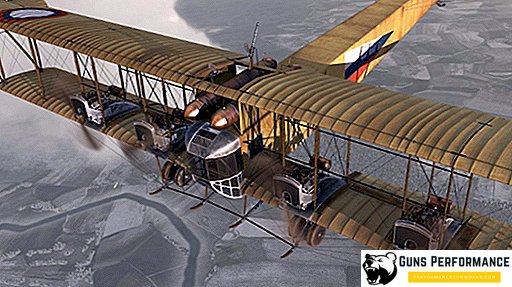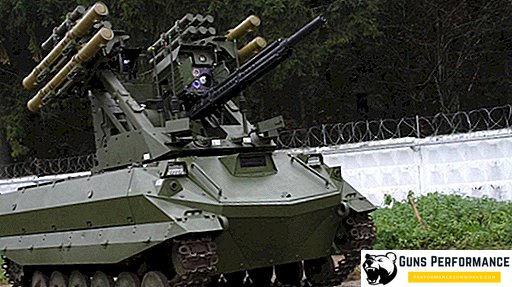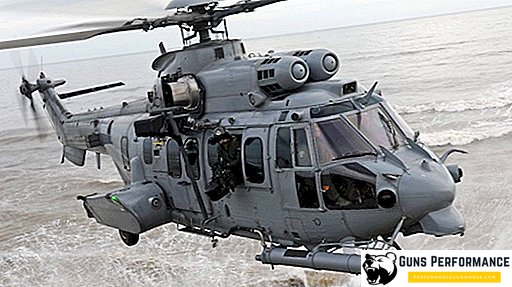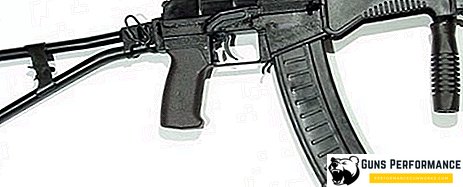The modern Russian Armed Forces are strikingly different from the army that was in the 90s and in the early 2000s. Today, the Russian Armed Forces receive the most modern weapons. By 2020, the newest models of military equipment and weapons in the Russian army should be at least 70%. According to experts, over 19 trillion rubles can be spent on the modernization of the army. Such a huge amount provides a new state program on military-technical priorities and arming the Russian army.
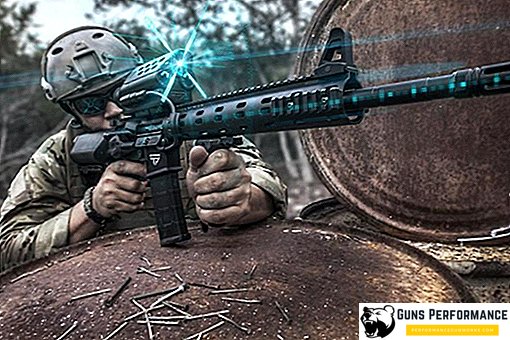
Prospects for the newest secret weapons of the Russian army
The rearmament of the army is not only the supply of already created modern equipment to the troops. Russia is constantly developing the development of fundamentally new weapons, as well as making decisions on their maximum development. According to experts, in the next decade, the Russian Air Force will receive the latest types of weapons:
- over 500 aircraft of various types;
- over 1000 helicopters of different types;
- over 200 of the newest air defense systems that will merge into a single aerospace defense system;
- the latest fighter of the fifth generation;
- new long-range aircraft;
- upgraded and new ballistic missiles for the nuclear deterrent forces;
- the newest types of precision weapons are a variety of bombs and missiles with the latest guidance systems;
- New types of anti-tank weapons and air defense systems of a new generation;
- new small arms.
Additional development will be received by automated troop control systems. Perhaps in the near future, Russia will have a super weapon working on new physical principles. At the moment, research is underway to create these super weapons. At the moment, his status is "secret." Also, do not stop the development of the creation of hypersonic air-based missiles. They should appear before 2020. Hypersonic rockets will exceed the speed of sound by about 6-8 times. The first types of hypersonic devices should appear no earlier than 2030.
New nuclear strategic missiles
The basis of the shield of Russia is nuclear strategic armament. Its main representatives are the Sotq and Voyevoda heavy liquid MBRs. They have three times extended service life. Today, they are being replaced by Topol and Topol-M missiles, and promising new-generation nuclear weapons are coming and will continue to be received.
RS-24 Yars
RS-24 Yars is a new nuclear weapon, which is produced in the city of Votkinsk at the Votkinsk engineering plant. The RS-24 missiles will gradually replace the RS-20 and RS-18 ICBMs after their warranty periods have been exhausted. Complexes "Yars" began to deploy in December 2009 after they passed the test. In November 2010, General S. Karakayev, Commander-in-Chief of the Strategic Missile Forces, announced that mobile systems with Topol-M single-block missiles would gradually be re-equipped to mobile systems Yars. In 2018, active parts of the Strategic Missile Forces are launched with RS-24 Yars missiles.
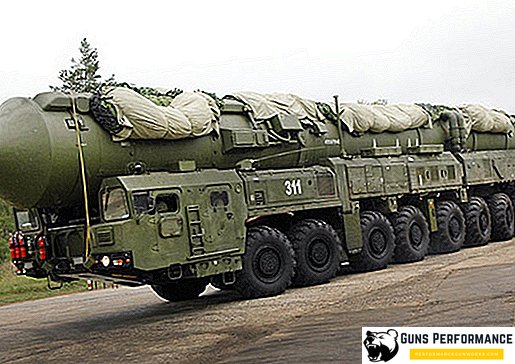
RS-26 Boundary
RS-26 Rubezh is a strategic missile system using an intercontinental ballistic missile of enhanced accuracy. Nuclear weapons are being developed by the Moscow Institute of Heat Engineering. The development of the complex has been conducted since 2006. In the period to 2009, research was carried out by national research universities on the topic "Frontier".
The first test launch of the RS-26 Rubezh in 2011 ended in an accident. The second and third start-up took place in 2012 from the Plesetsk and Kapustin Yar test sites. During the launches, the missile capabilities of the new missile were evaluated. In 2013, the fourth launch took place. From 2014, the Rubezh complex’s rocket will be mass-produced at the Votkinsk engineering plant. Since 2014, the complex has been adopted by the Strategic Missile Forces. In the future, the new rocket will replace the Topol-M ICBM, as well as the Yars.
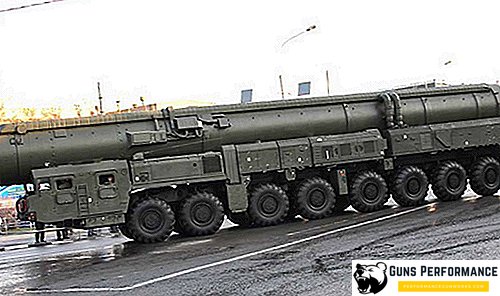
MBR "Sarmat" RS-28
Prospective heavy ICBM "Sarmat" RS-28 - a rocket of a new generation. She began to design in 2009. According to the original plan, it was supposed to be operational by the end of 2018. The purpose of creating a heavy rocket was to replace the RS-20 “Satan” ICBM as part of the Strategic Missile Forces. The development of ICBMs is conducted in the city of Miass. Makeeva with the participation of the NGO Mechanical Engineering. The technical task for designing a new generation of ICBMs was approved in 2011. In September 2012, a great advice on a new rocket took place, where all the developers met, up to level 2-3. At the beginning of October, the Ministry of Defense generally approved the draft of the new ICBM, but a number of comments and suggestions were made that the developers had to take into account in their further design.
In May 2014, Yuri Borisov, Deputy Minister of Defense, stated that work on the creation of the Sarmat ICBM was proceeding as planned, and also that the rocket was capable of flying through the South and North Poles. The production of ICBMs will be carried out by the cooperation of enterprises, which was formed by the State Computer Center named after V.Makeev - this will be the Krasnoyarsk Machine-Building Plant and other related enterprises. Construction of a full-scale model of the rocket was made in 2014. In 2018, a missile missile test, as well as a number of other tests, must pass. In February 2018, the Krasnoyarsk Machine-Building Plant manufactured the first structural elements of a heavy Sarmat rocket. It is likely that the serial production of the RS-28 will be launched at this plant.
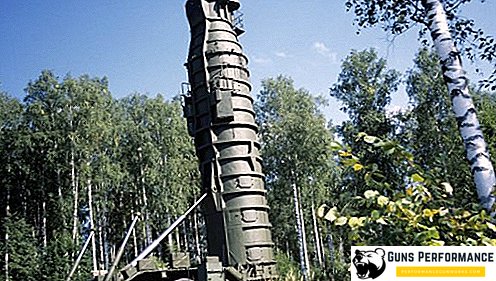
BZHRK Barguzin
BZHRK Barguzin - this is the newest combat railway missile system. Design BZHRK began in 2012 at the Moscow Institute of Thermal Engineering. Until December 2014, there was a discussion of which types of missiles to use: based on the ICBR RS-26 Rubezh, the ICBM RS-24 Yars, or using developments on the Bulava 3M30 SLBM. However, in December 2014, it was reported that the complex would be based on either Yars or Yars-M ICBMs.
It is supposed to carry out R & D by 2020, to create and carry out testing of BZhRK samples, the delivery of super complexes to the RVSN armament should begin after 2020. This is a secret nuclear weapon, so there is little information about it. Currently, in 2018, the draft design of BZHRK and experimental work is carried out. The new complex was named "Barguzin". The deployment of the new BZHRK is planned no earlier than 2018.
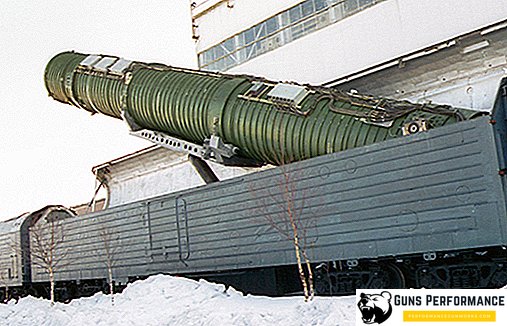
New anti-tank weapons of the Russian Federation
Cornet-D complex
The Cornet-D complex is an anti-tank weapon representing a missile system. It was designed in the Instrument Design Bureau of the city of Tula by chief designer Lev Zakharov. In 2011, the complex was tested. "Cornet-D" is the anti-tank name for the complex supplied to the Russian Armed Forces, the export version is called "Cornet-EM". The complex is equipped by default with a 9M133FM-3 missile.
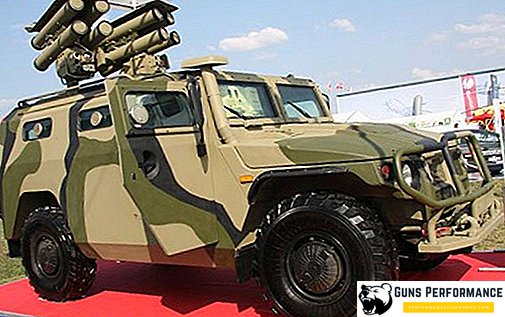
Hermes complex
The Hermes complex is an anti-tank product that represents a multi-purpose guided weapons complex. Anti-tank weapons were developed in the Instrument Design Bureau of the city of Tula under the direction of A.S. Shipunov. The tests of the Hermes-A ATGM, an aviation variant, as part of the Ka-52 armament were completed in the summer of 2003. After that, the Hermes-A was sent into mass production. The head of the delegation of the PCU in 2009, said that the helicopter version of the complex will complete flight tests and will be adopted. For armament of the Mi-28N and Ka-52 helicopters, mass production was launched in 2012. It was also announced that in the near future, the Hermes missiles will be used with the Pantsir S1 air defense missile system.

MGK BUR
MGK BUR - small-sized grenade launcher complex with a reusable starting device and a single shot. This anti-tank weapon was developed by the Instrument Design Bureau of the city of Tula, created on the basis of the RPO-M flamethrower. MGK "BUR" for the first time demonstrated at exhibitions of armaments in 2010. The army adopted this anti-tank weapon in 2014. Produced in series from the same year.
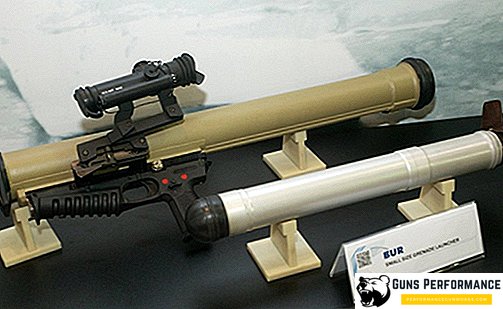
RPG-32 Hashim
The RPG-32 Hashim is a multifunctional hand-held anti-tank grenade launcher. The anti-tank weapon was designed by order of Jordan by the Moscow National Research and Production Enterprise "Basalt". The contract for the design of the RPG-32 was signed in 2005. In the same year began the creation of a grenade launcher. Anti-tank weapons were first shown publicly in Paris at the arms exhibition in 2008. Until 2011, anti-tank weapons were tested in Russia. At the end of 2010, an agreement was signed on the creation of a joint venture for the production of an RPG-32 between Russia and Jordan - 50 to 50 contributions. In 2013, an RPG-32 production plant was opened in Jordan. The plant's capacity is 60,000 RPGs per year, there are types of deliveries of these weapons to third countries.

The newest small arms of Russia
Dvukhsredny automatic transducer
The two-medium automatic anti-tank gun is a unique small arms that can effectively shoot both under water and on land. This small arms is distinguished by the possibility of shooting from the left and right shoulder. The serial production of the unique two-medium automatic machine gun DT is scheduled for 2018. The developer of ADS is Tula KBP. For 2018, it is planned to release 20 units of ADS, which will be tested on the production technology of the machine. The serial version of the results of the pilot operation will make minor changes, which are mainly aimed at improving the usability of the machine. Great interest in the machine show foreign customers.
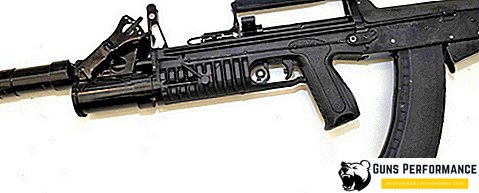
SVLC-14S
SVLK-14S - ultra-accurate sniper weapons that can effectively hit targets at a distance of 1.5-2 km. This small arms was created by Vladislav Lobaev. His companies integrated design bureaux, Tsar-Pushku and the brand Lobaev Arms are the first in Russia to develop and produce long-range and high-precision weapons, starting from the butt and ending with the barrel. According to Lobaev, the main tasks of Lobaev Arms are equally divided - this is work with the security forces of Russia and the commercial component.
The most powerful small arms for effective range of fire from the "Lobaev Arms" - this is a sniper rifle SVLC-14C. Initially, the SVL rifle was designed to accurately hit the target at a distance of over 2000 meters.
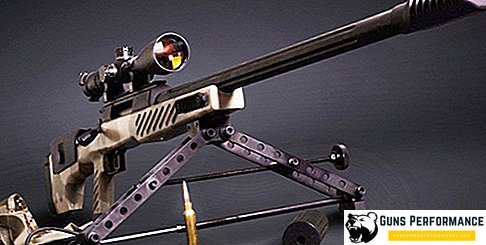
SVLK-14S rifle provides very high accuracy when shooting. This small arms allows you to confidently hit targets at a distance of up to 2300 meters.
Sniper complex 6S8
The sniper complex 6S8 is a leader among Russian large-caliber rifles. Sniper complex 6S8 was created at the plant to them. Degtyarev. This rifle was created in 1997, but for a long time, for various reasons, it was not mass-produced and not accepted for service. However, after working on the bugs and collecting all the groundwork for the previous 10 years, the Degtyarevs were able to achieve the adoption of this rifle into service. It happened in June 2013. The large-caliber sniper rifle ASVK was put into service under the designation sniper complex 6S8.
The 6C8 sniper rifle is designed to solve special tasks of hitting lightly armored and unarmored vehicles of the enemy, including openly located manpower, including group and other targets at a distance of up to 1500 meters. The rifle can use a specially designed cartridge 7N34, as well as the entire range of standard rounds caliber 12.7 x 108 mm. This large-caliber sniper rifle is structurally made according to the bullpup scheme. This made it possible to reduce the weight and dimensions of the weapon, providing increased compactness and maneuverability. In general, this sniper rifle turned out quite reliable and simple, which is incredibly important.
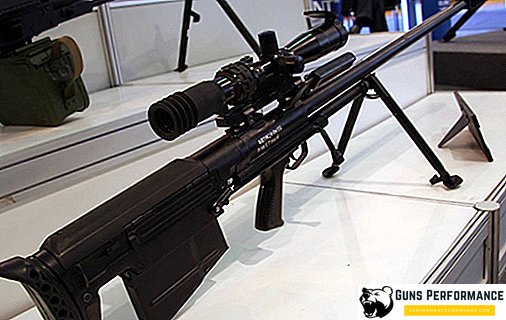
New cruise missiles of Russia "earth-land"
- The BrahMos complex with the SK310 missile is a cruise anti-ship missile or a special cruise missile for ground targets. Work on the complex began in 1999 in adjacent design offices (for example, NPO Iskra). A rocket model was first shown at the MAKS-2001 air show. Tests started in 2001, and in 2004 began their mass production. The complex was offered for export. In 2006, the BrahMos rocket was adopted by India. Many of its characteristics are identical to those of Onyx and the Yakhont RCC.
- Hypersonic KTRV rocket - a project to create the latest hypersonic cruise missile. Since its creation, the Dubna division of Tactical Missile Weapons Corporation (former ICBU Raduga) has been working on it since 2011. When creating a hypersonic rocket, the results of the Cold-2 research and development work will be applied, as well as the experience of creating a hypersonic experimental Eagle machine. In August 2013, it was reported that the TRV corporation created a hypersonic rocket, but it only flies a few seconds.
- BrahMos II - a project of a new hypersonic rocket. The development has been conducted by NPO Mashinostroyenia together with the Indian company DRDO since 2008. The work was planned to be completed in 5 years. BrahMos-II hypersonic rocket was supposed to have a speed of 5-7M. In 2013, an exhibition photo models of the rocket.
- Zircon-S - a missile system with a hypersonic rocket. The development of the complex has been conducted by NPO Mashinostroyenia since 2011. In 2012, there was a hitch with the design of the rocket, but since 2013, the work continued. In 2018, work continues, issues of creating materials, technologies, demonstrators, as well as the concept of the combat use of the latest hypersonic rocket are being addressed.


